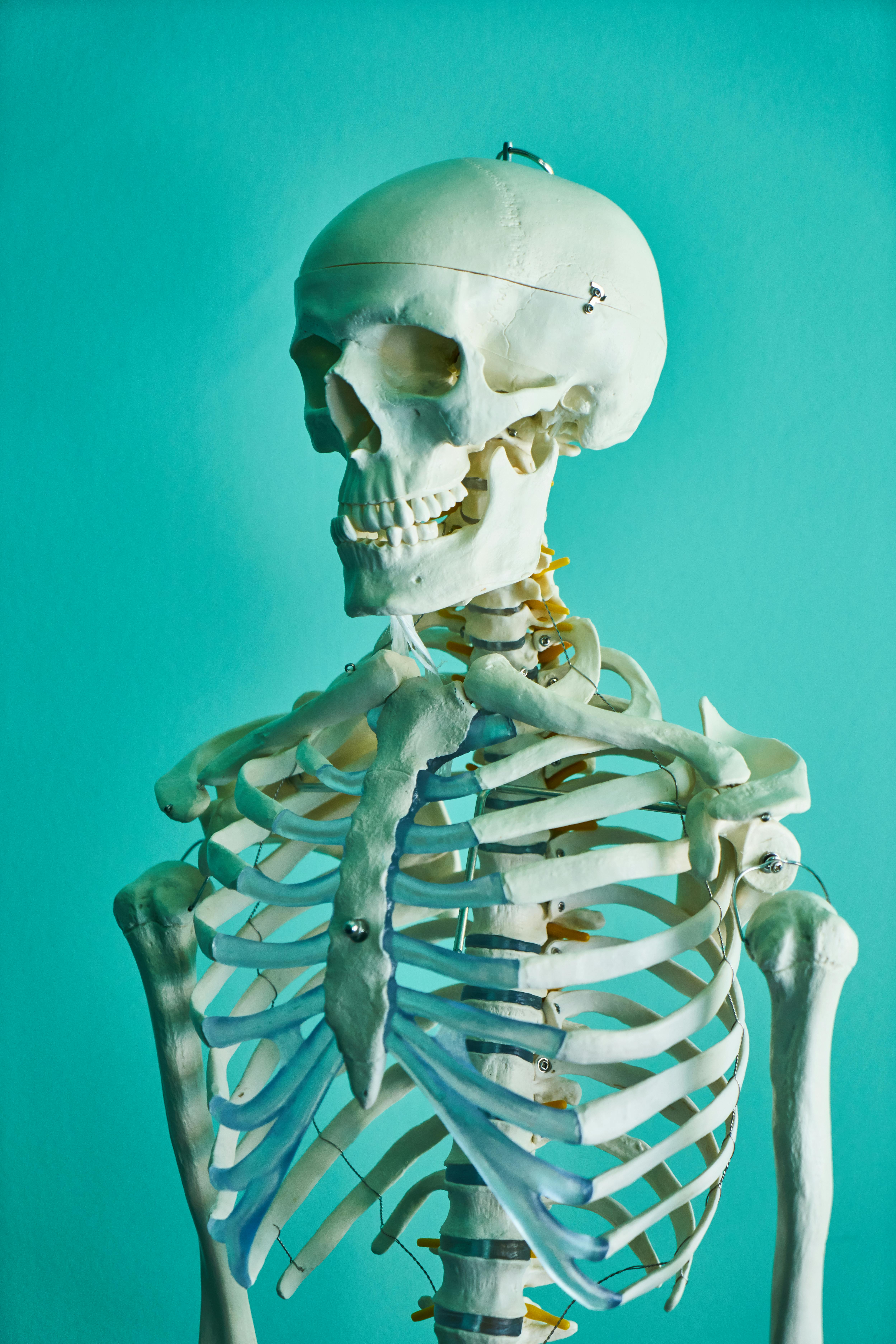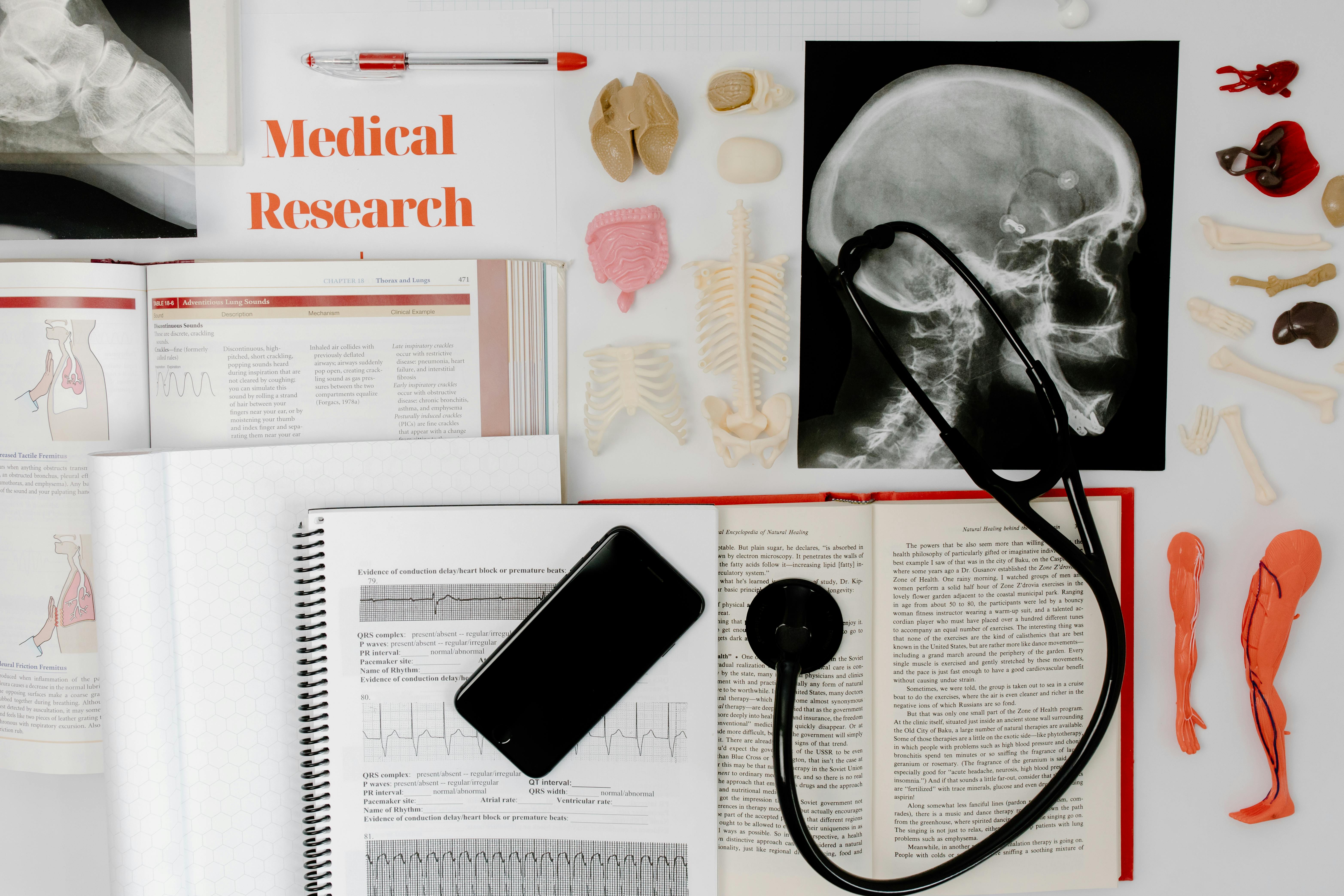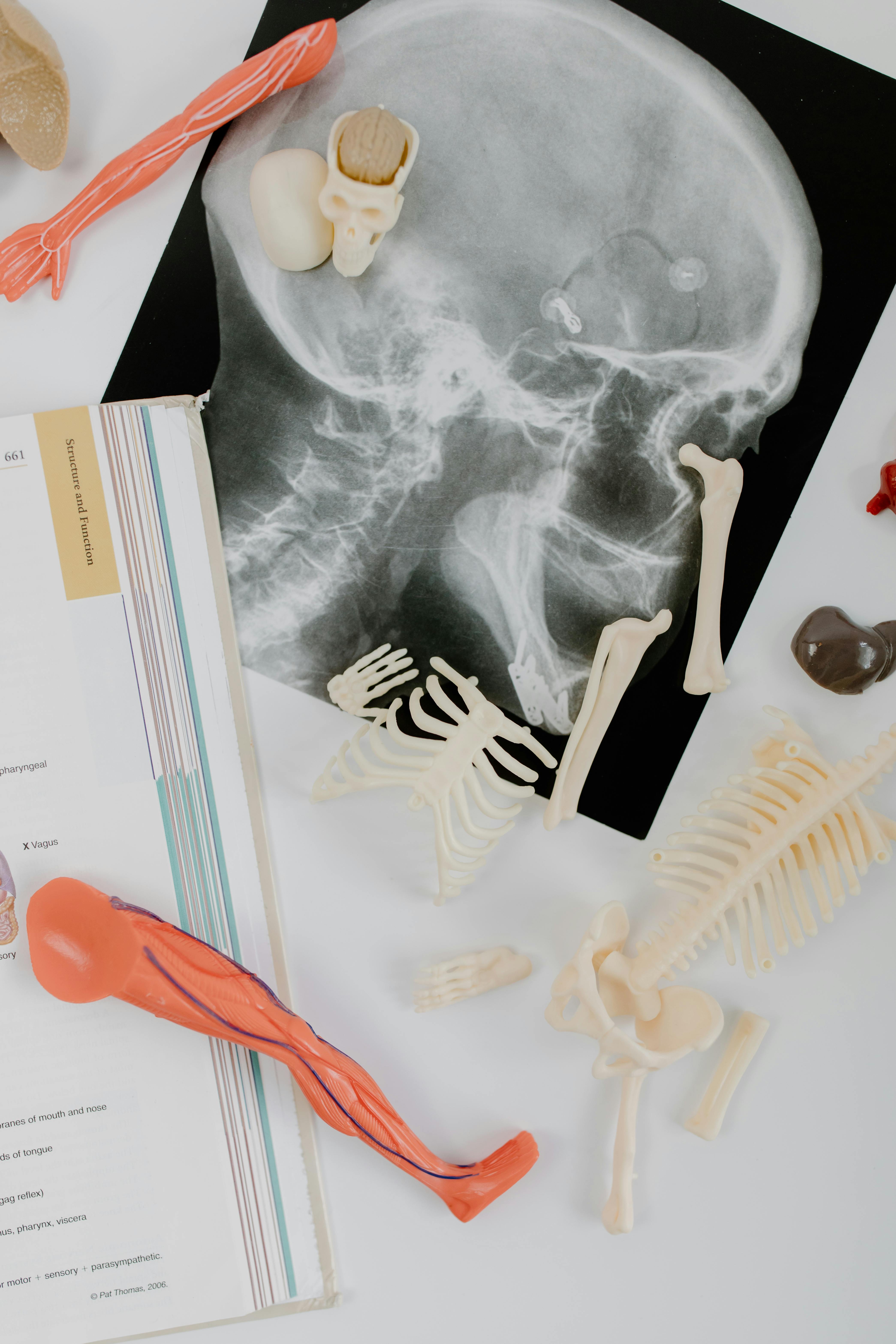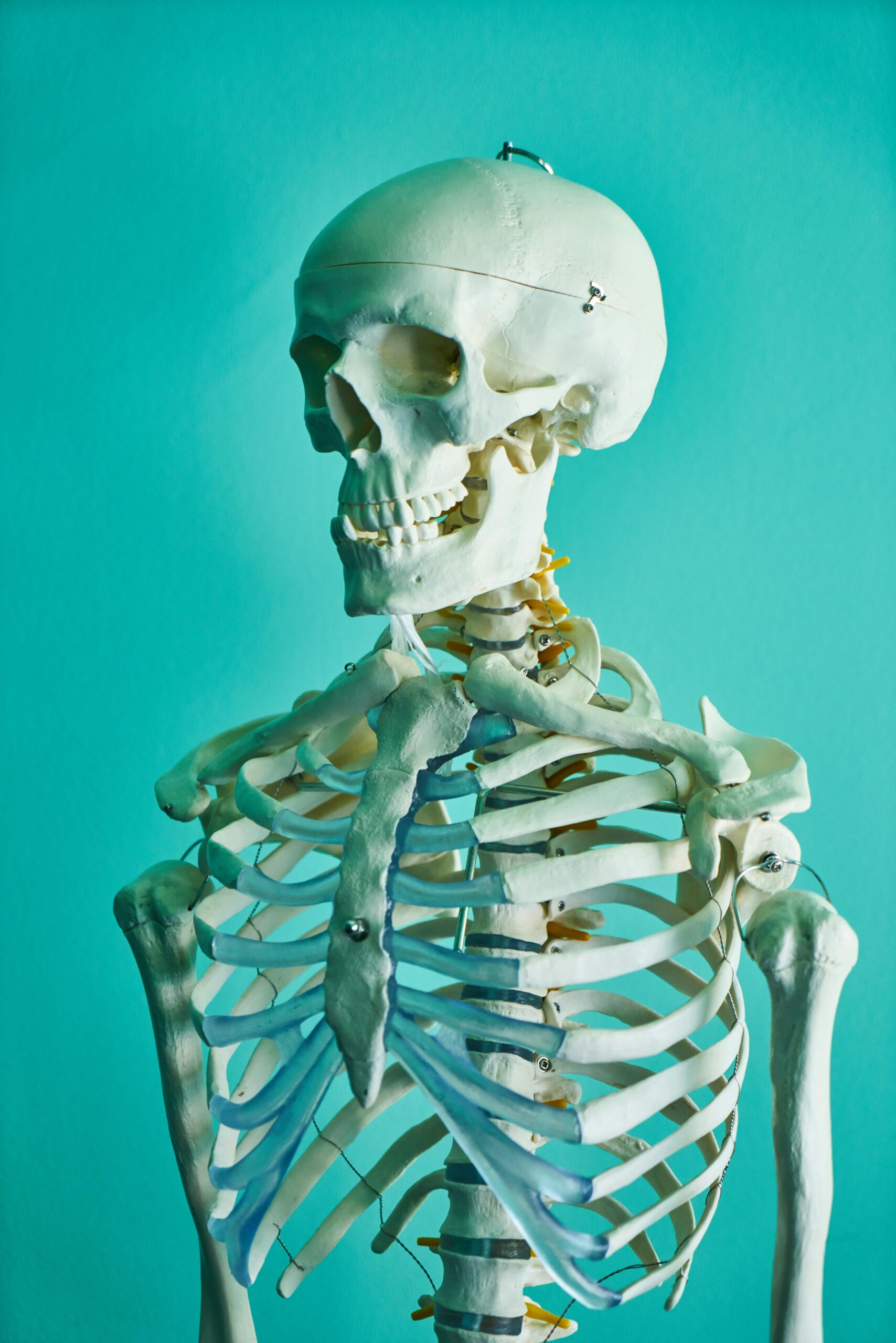Essential Tips for Studying Anatomy and Physiology Effectively
Studying anatomy and physiology can feel overwhelming, but with the right strategies, mastering this subject becomes more manageable. These fields are crucial for anyone pursuing a career in healthcare or biology, making a solid understanding essential. In this article, we’ll provide expert tips to help you learn efficiently, retain information longer, and apply what you’ve learned effectively in exams and real-life situations.

Understanding the Fundamentals
Before diving into complex concepts, it’s essential to understand the core principles of anatomy and physiology. Anatomy focuses on the structure of the human body, while physiology deals with how those structures function. These subjects are interdependent, and understanding both is crucial for grasping the overall picture of human biology.
The foundation of your studies should revolve around learning the basic terminology and concepts. Familiarizing yourself with body systems, such as the cardiovascular, nervous, and muscular systems, will provide a framework for understanding the more intricate details that follow. Just like learning a new language, understanding the fundamentals makes it easier to comprehend advanced material as you progress.
1.1 Building a Strong Foundation
Start by learning the anatomical terms and locations. Memorizing the body’s major organs, muscles, and bones is a great place to begin. For example, understanding the human skeleton’s layout—such as the femur, tibia, and pelvis—forms the foundation for more complex topics. Studies suggest that active recall, such as testing yourself on these terms, enhances memory retention significantly.
Real-life applications of this knowledge are crucial. For instance, knowing the major blood vessels in the cardiovascular system helps understand how blood circulates throughout the body. Common misconceptions often arise from failing to connect theoretical knowledge with practical scenarios, so actively seek out these connections in your studies.
1.2 Mastering Physiology Basics
Physiology, on the other hand, requires an understanding of how the body’s structures perform their functions. An excellent starting point is learning how the heart works or how muscles contract. These processes may seem complex at first, but breaking them down into smaller, understandable steps helps simplify them.
For example, understanding the role of ATP in muscle contraction is essential when studying the muscular system. This principle applies to both theoretical exams and real-world scenarios, especially for anyone planning a career in healthcare or sports science.
Practical Implementation Guide
Once you have a solid foundation, it’s time to move on to actionable steps. Applying your knowledge will deepen your understanding and improve retention. You can use a combination of study strategies and practical exercises to enhance your learning process.

2.1 Actionable Steps
- Step 1: Active Learning with Flashcards: Use flashcards to reinforce anatomy terms, organ functions, and physiological processes. Flashcards promote active recall and spaced repetition, which are proven methods for long-term retention.
- Step 2: Visual Aids and Models: Utilize visual aids like 3D models, diagrams, and videos to better understand complex structures and functions. The human body is highly visual, so studying through imagery helps cement the concepts.
- Step 3: Regular Quizzing and Group Study: Periodically quiz yourself on the material to check for understanding. Group study sessions can also be beneficial, as discussing concepts with peers often leads to a better grasp of difficult topics.
2.2 Overcoming Challenges
As with any challenging subject, you’ll encounter obstacles while studying anatomy and physiology. Here are some common challenges and tips for overcoming them:
- Challenge 1: Retaining Complex Information: Use mnemonic devices and associations to make memorization easier. For instance, using phrases like “Oh, Oh, Oh, To Touch And Feel Very Green Vegetables, AH!” can help remember the cranial nerves.
- Challenge 2: Managing Time Effectively: Break your study time into manageable blocks, such as 25-minute focused sessions followed by a 5-minute break (Pomodoro technique). This helps maintain focus and prevents burnout.
- Challenge 3: Visualizing 3D Structures: If you struggle with visualizing the body’s structures, try using 3D anatomy apps or virtual dissections. This hands-on approach can make complex ideas more tangible.
Advanced Applications
After mastering the basics and gaining practical experience, it’s time to explore advanced techniques for deepening your understanding of anatomy and physiology. These methods involve synthesizing and applying your knowledge in more sophisticated ways.

3.1 Understanding Pathophysiology
One of the more advanced techniques in studying physiology is understanding pathophysiology—the study of how disease alters normal physiological functions. This area requires applying your foundational knowledge to real-world cases of illness or injury. For example, understanding how a heart attack disrupts the cardiovascular system will help you understand the importance of coronary arteries and blood flow regulation.
Case studies can be a useful tool for understanding pathophysiology. By reviewing clinical scenarios, you can see how body systems respond to external stressors and diseases. This insight not only prepares you for exams but also provides valuable context for healthcare professionals.
3.2 Integrating Anatomy with Clinical Applications
To truly understand human physiology, it’s crucial to integrate anatomical knowledge with clinical applications. Whether you’re studying for a career in medicine or physical therapy, understanding how anatomy plays a role in treating conditions will deepen your insight.
For example, knowing the anatomy of the shoulder joint can help physiotherapists treat rotator cuff injuries more effectively. Similarly, understanding the musculoskeletal system is essential for those working in sports medicine or orthopedics.
Future Outlook
The study of anatomy and physiology continues to evolve with advancements in technology and healthcare. Emerging trends like the use of artificial intelligence (AI) in anatomy education, virtual dissections, and 3D printing for medical models are reshaping how we approach learning in these fields.
Looking ahead, the integration of interdisciplinary knowledge will become more important. Understanding the overlap between physiology, anatomy, pharmacology, and other fields will be key for those pursuing advanced careers in healthcare and medical research.
Conclusion
In summary, the key to success in studying anatomy and physiology lies in building a strong foundation, applying active learning strategies, and continually challenging yourself with advanced techniques. By following these tips, you’ll improve both your knowledge retention and practical application, setting you up for success in your studies and future career.
Ready to take your anatomy and physiology studies to the next level? Start implementing these strategies today and watch your understanding grow exponentially!
Frequently Asked Questions
- Q: How can I memorize all the anatomy terms effectively? Using flashcards, mnemonics, and regular quizzes can significantly improve your memory retention of anatomy terms.
- Q: What is the best way to prepare for an anatomy exam? Active recall, group study, and consistent practice with diagrams are excellent preparation methods for an anatomy exam.
- Q: How much time should I allocate to studying anatomy each day? Aim for at least 1-2 hours of focused study each day, incorporating a mix of reading, drawing diagrams, and quizzing yourself.
- Q: Are there any cost-effective resources for studying anatomy? Many online platforms offer free or low-cost anatomy courses and 3D models, which can be highly effective for self-study.
- Q: How does anatomy differ from physiology? Anatomy focuses on the structures of the body, while physiology deals with how those structures function. Both are interconnected, but each has its own focus.
- Q: How difficult is studying anatomy and physiology? These subjects can be challenging due to the vast amount of information, but using active learning techniques and practical applications can make it more manageable.
- Q: How can I apply anatomy and physiology in healthcare? A deep understanding of anatomy and physiology is critical in diagnosing, treating, and understanding patient conditions in fields like nursing, physical therapy, and medicine.
